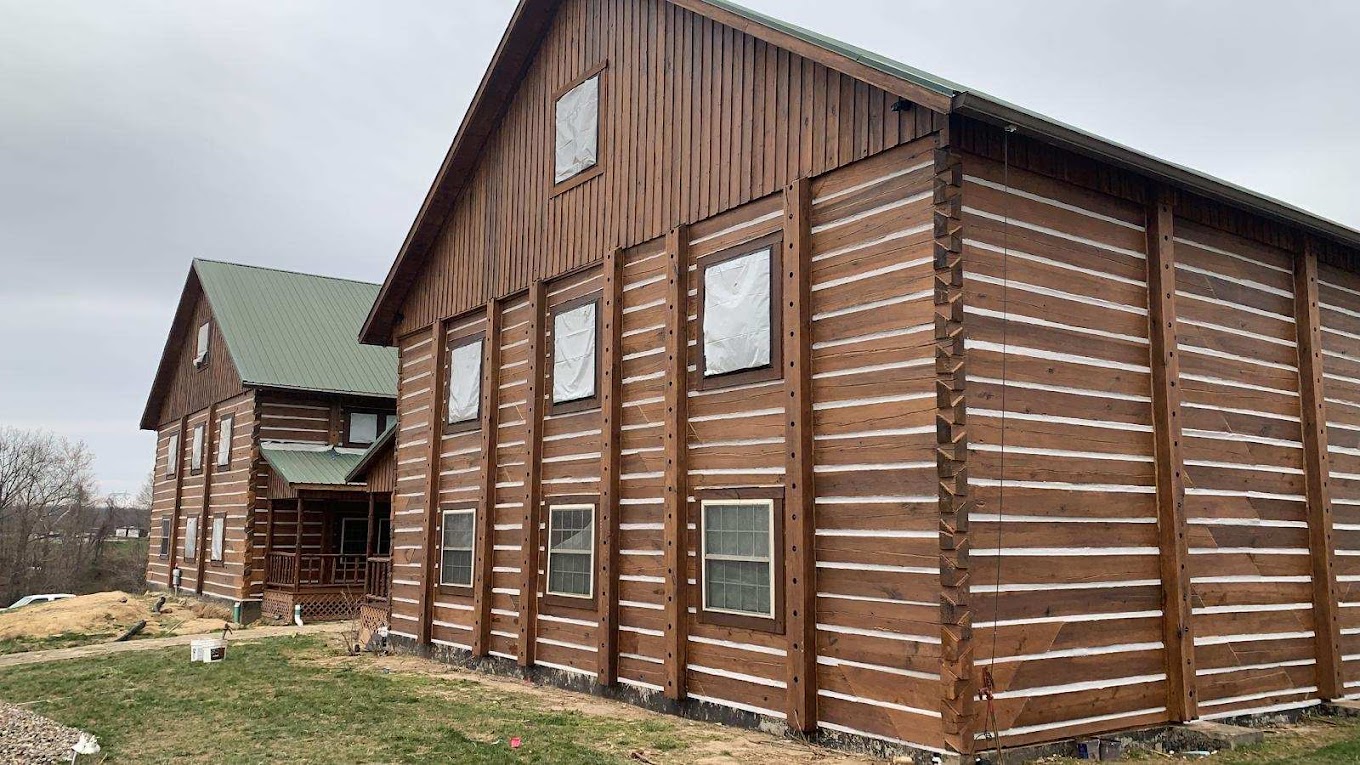
Log homes have a rich history rooted in practicality and rustic charm, yet they often face misconceptions that paint them as outdated or impractical choices for modern living. Let’s debunk some of these myths and uncover the enduring appeal and practical benefits of log homes.
Myth 1: Log Homes are Drafty and Cold
One of the most persistent myths about log homes is that they are drafty and difficult to heat. Advancements in construction techniques and materials have vastly improved the energy efficiency of log homes. Modern builders use techniques like double-insulation and tight-fitting joinery to seal gaps, ensuring that log homes are as airtight as traditional frame houses.
Additionally, the thermal mass of logs helps regulate indoor temperatures, keeping the home cooler in summer and warmer in winter, thus reducing energy consumption. You can read more about log home insulation on our blog page.
Myth 2: Log Homes Require High Maintenance
While it’s true that log homes require some maintenance, so do all homes. Properly maintained logs can last for generations. Advances in sealants and finishes have made it easier to protect logs from weathering and insects. Routine inspections and treatments can prevent issues like rot or mold. With regular care, a log home can maintain its beauty and structural integrity for decades, often requiring less maintenance than many other types of construction.
Myth 3: Log Homes are Prone to Insects and Decay
Another common misconception is that log homes are more susceptible to pests and decay. While untreated wood can attract insects and mold, modern construction methods address these concerns. Logs can be treated to resist insects and decay, and proper design and maintenance further mitigate these risks. Many log homeowners find that their homes are as resilient as any other type of construction when maintained properly.
Myth 4: Log Homes are Difficult and Expensive to Build
While building a log home may initially seem more expensive than a traditional house, this myth often overlooks the long-term financial benefits. Logs are a renewable resource, and their durability can result in lower maintenance costs over time. Moreover, the popularity of log homes has led to the availability of prefabricated kits and efficient construction methods that can streamline the building process and reduce costs. With proper planning and budgeting, constructing a log home can be comparable to building any other custom home.
Myth 5: Log Homes Have Limited Design Options
Some people believe that log homes are limited to a few rustic designs, but the reality is far more diverse. Modern log homes can be customized to fit a wide range of architectural styles and preferences. From traditional log cabins to contemporary log houses with open floor plans and expansive windows, the design possibilities are nearly limitless. Interior finishes can range from cozy rustic to sleek and modern, accommodating various tastes and lifestyles.
Embracing Log Homes: Ultimately, log homes offer a unique blend of natural beauty, durability, and sustainability that appeals to many homeowners. By debunking these common myths, we can appreciate the practical benefits and enduring charm of log homes in today’s housing market. Whether you seek a cozy retreat in the woods or a statement residence in a suburban setting, a well-built log home can provide comfort, style, and a connection to nature
that is unmatched by other types of construction. As technology and construction techniques continue to advance, the future looks bright for log homes, ensuring they remain a desirable option for generations to come.








